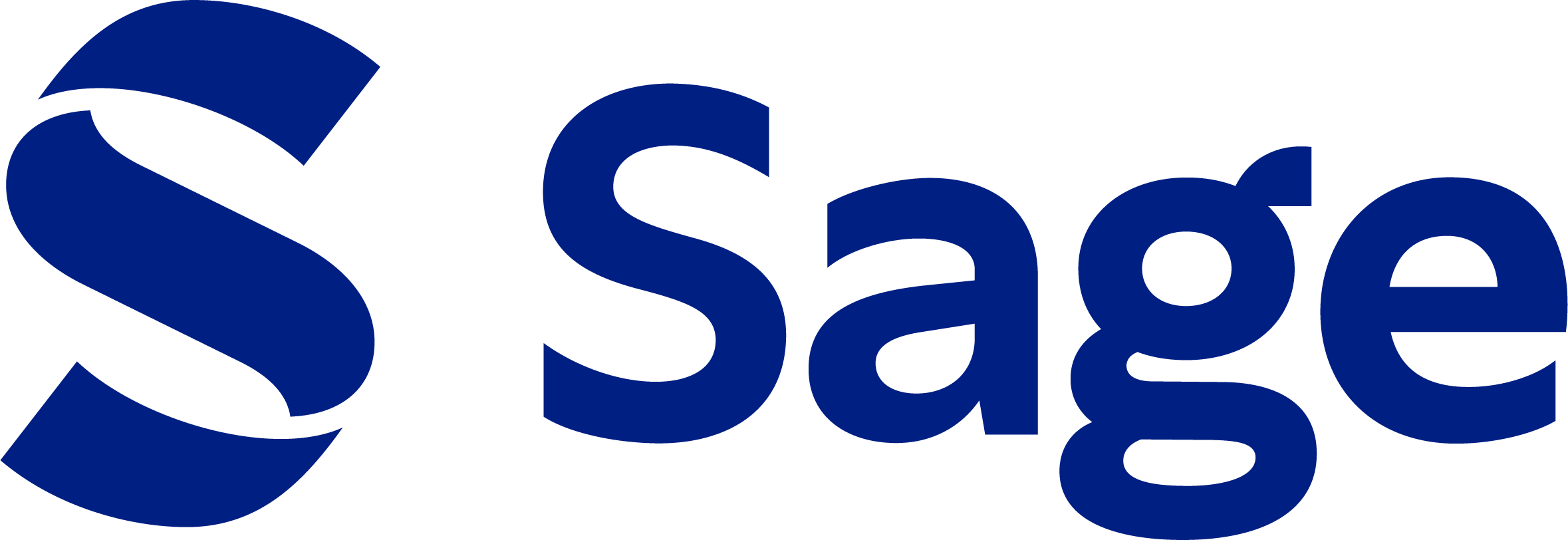How Sage has shaped research methods
Sage is known for its commitment to the social sciences: the Little Green Book Series; an expansive reference collection; research methods journals, videos, and texts; and content emphasizing critical thinking, data analysis, and computational tools are all published with the aim of training current and future social scientists. Find out more on why research methods have always been instrumental in the formation of SAGE Publishing, starting in 1972 with the work of our founder, Sara Miller McCune.
In 1972, Sage launched two journals: Urban Life and Culture (now the Journal of Contemporary Ethnography). which had a qualitative orientation, and Sociological Methods and Research, which was primarily quantitative. Distinguished social scientists served on the editorial boards of both journals, and both focused on methods, laying the groundwork for a more extensive methods program at Sage.
“Sara, in identifying things we could do differently from the rest of the publishing industry, recognized early in our history that research methods weren’t just something that scholars around the world do; they actually needed to be informed about it. That was a really innovative breakthrough”
The field of evaluation
It’s legitimate to ask whether the field of evaluation-built SAGE, or SAGE built the field of evaluation. SAGE laid down its claim with the publication of Elmer Struening and Marcia Guttentag’s Handbook of Evaluation Research, which initiated SAGE’s outsize role in a discipline that came on the scene at roughly the same time as SAGE itself. Before the end the decade, SAGE had published Michael Quinn Patton’s Qualitative Research and Evaluation Methods and his Utilization Focused Evaluation, Marvin Alkin’s Using Evaluations, and the CSE Program Evaluation Kit, the first in a string of foundational evaluation books.
In 1988, the American Evaluation Association’s Special Award for Distinguished Contributions to the field of evaluation went to SAGE founder Sara Miller McCune, and the next year Sara and SAGE received the group’s Lifetime Contribution Award.
The ‘Little Green Books’
With well more than a million copies now in circulation, the series of short (generally 96 pages) Quantitative Applications in the Social Sciences books – better and more affectionately known as the ‘Little Green Books’ – may be the most recognizable face of SAGE ever.
Each inexpensive volume offers a how-to in a specific topic in quantitative research and analysis, and it’s not unusual to see a dozen or more of the distinctive green spines in many a professor’s office. The series, which was given a recent makeover, continues to commission new titles and is currently approaching 180 individual titles.
Iverson and Northporth’s Analysis of Variance, Nagel’s Operations Research, and the Henkel’s Tests of Significance were the first books in the series and were met with immediate success.
Qualitative research
SAGE has consistently broadened the field of social science research methodology, embracing not only new fields like evaluation but developing under-appreciated tools like qualitative research. While a series of short books on qualitative research methods, the “little blue books,” followed shortly after the success of the “Little Green Books,” SAGE’s major step into qualitative methodology came with the publication of The SAGE Handbook of Qualitative Research by Norman K. Denzin and Yvonna S. Lincoln.
Mixed methods
John Creswell recalled he and Abbas Tashakkori pitching the idea of a journal of mixed methods to SAGE’s CEO, Blaise Simqu. “He listened to our pitch intently and then asked an important question: ‘Does mixed methods provide a better understanding of a research question than either quantitative or qualitative research alone?’ It was a great question and one that I continue to field from workshop audiences.”
The Journal of Mixed Methods was the result. It wasn’t SAGE’s first experience with mixed methods – Creswell’s own book Research Design discussed mixing the approaches, for example, and Michael Quinn Patton’s 1980 book Qualitative Evaluation Methods bridged the data-rich world of evaluation and qualitative methods – but it was a milepost for others to steer by.
Methodspace
Having a commanding lead in social and behavioral research methods products, SAGE next focused on social and behavioral methods access, starting with the open online community for research methods known as MethodSpace.
The website is a multidimensional online network for the community of researchers, from students to professors, engaged in research methods, and its global reach and hundreds of thousands of visitors suggest it fills a need between the lecturer and the librarian, with much of the material created by its own members.
SAGE Research Methods
The year 2010 saw SAGE further bridge gap between products and access with the release of SAGE Research Methods, its first online resource of SAGE content for research methods students and researchers. At launch it contained hundreds of thousands of pages of SAGE’s book, journal, and reference content, and since then has added more of that material as well as research methods cases, methods video, methods datasets, and most recently a SAGE Foundations collection looking at the historical and theoretical roots of social science itself.
SAGE Ocean
SAGE Ocean was formed as a dedicated initiative to advance the social sciences by equipping social scientists with the skills, tools, and resources they need to work with data at scale. Since its inception, SAGE Ocean has launched a suite of online courses, built a research tools directory, published a white paper on tools for social science research, and held regular events for communities in London and Washington DC.
As a leading social science publisher with over 50 years of experience in research methods, SAGE is exceptionally well-placed to understand the needs of researchers as methods increasingly adapt to the new and burgeoning field of big data.
SAGE Campus online courses launched in 2018, are engaging, challenging, fully up-to-date, and pedagogically effective. Most importantly, the courses give concrete, practical skills to apply in the real-life world of social research.








